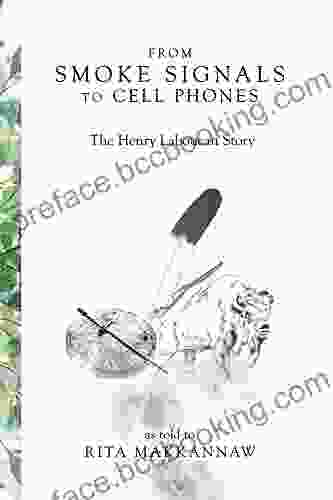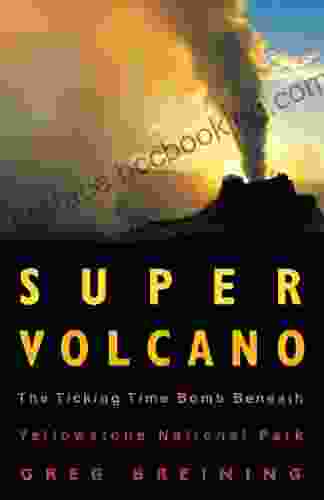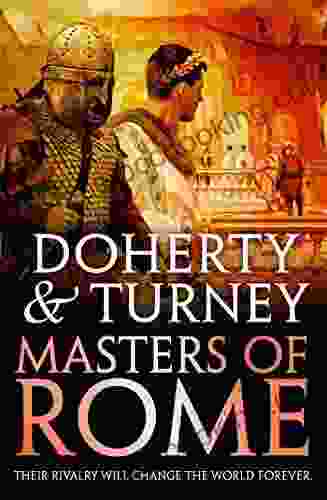From Smoke Signals to Cell Phones: A Journey Through the Evolution of Communication


4.3 out of 5
| Language | : | English |
| File size | : | 1984 KB |
| Text-to-Speech | : | Enabled |
| Screen Reader | : | Supported |
| Enhanced typesetting | : | Enabled |
| Word Wise | : | Enabled |
| Print length | : | 225 pages |
| Lending | : | Enabled |
Communication, the exchange of thoughts, ideas, and information, is the lifeblood of human civilization. From the earliest days of smoke signals to the modern marvels of cell phones, the methods we use to communicate have evolved dramatically, shaping the course of human history.
In this article, we will embark on a captivating journey through the evolution of communication, exploring the milestones, innovations, and cultural impacts that have brought us to the interconnected world we live in today.
Ancient Roots: Smoke Signals and Drumbeats

The origins of communication can be traced back to prehistoric times when humans developed primitive methods of signaling and conveying messages. Smoke signals, created by burning materials such as wood or animal dung, were used to send messages over long distances, particularly in rugged or mountainous terrain.
Similarly, drums played a crucial role in communication among African and Native American tribes. By beating drums in specific rhythms and patterns, messages could be transmitted across vast distances, providing a means for alerts, announcements, and even storytelling.
Scribes and Written Records: The Power of the Pen

The advent of writing marked a significant turning point in the evolution of communication. Scribes, skilled in the art of cuneiform or hieroglyphics, recorded important events, laws, and stories on clay tablets, papyrus scrolls, and animal skins.
Written records allowed for the transmission of knowledge and ideas across generations, fostering intellectual growth and cultural exchange. The invention of the alphabet further revolutionized written communication, making it more accessible and easier to learn.
Messengers and the Postal System: The Need for Swift Delivery

As civilization became more complex, the need for faster and more reliable communication grew. Messengers, often on horseback or by foot, carried messages between distant cities and empires, playing a vital role in trade, diplomacy, and warfare.
The postal system, established in ancient China and later adopted in Europe, provided a more organized and efficient means of delivering written communication. Through a network of post offices and couriers, letters and parcels could be exchanged across vast distances.
The Printing Press and the Mass Dissemination of Information

The invention of the printing press by Johannes Gutenberg in the mid-15th century transformed the landscape of communication. Mass-produced books and pamphlets made knowledge and ideas more widely available, fostering the spread of literacy and the rise of educated societies.
The printing press also played a pivotal role in the Protestant Reformation and other intellectual movements, enabling reformers to disseminate their ideas to a wider audience and challenge established authorities.
The Telegraph and the Dawn of Electrical Communication
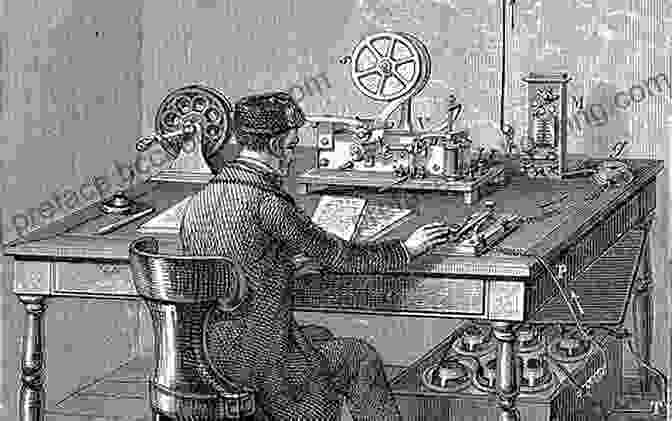
The 19th century witnessed the emergence of electrical communication technologies that revolutionized long-distance communication. The telegraph, invented by Samuel Morse, transmitted electrical signals over wires, enabling messages to be sent and received almost instantaneously across vast distances.
The telegraph had a profound impact on commerce, news reporting, and diplomacy, facilitating faster communication between cities and countries. It also played a crucial role in military operations and the coordination of transportation networks.
The Telephone: Connecting Voices Across Distances
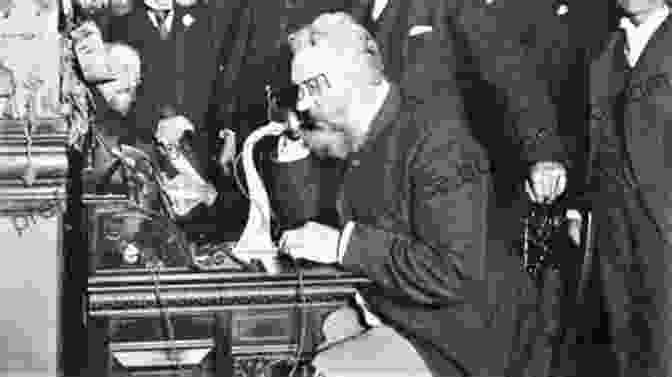
In 1876, Alexander Graham Bell's invention of the telephone opened up new possibilities for real-time voice communication. The early telephones were clunky and had limited range, but they paved the way for the development of modern telephone systems.
The telephone transformed business, social interactions, and personal lives. It allowed people to communicate with distant family and friends, facilitated collaboration and transactions, and contributed to the growth of urban centers and economic development.
Radio and the Wireless Revolution: Breaking Free from Wires
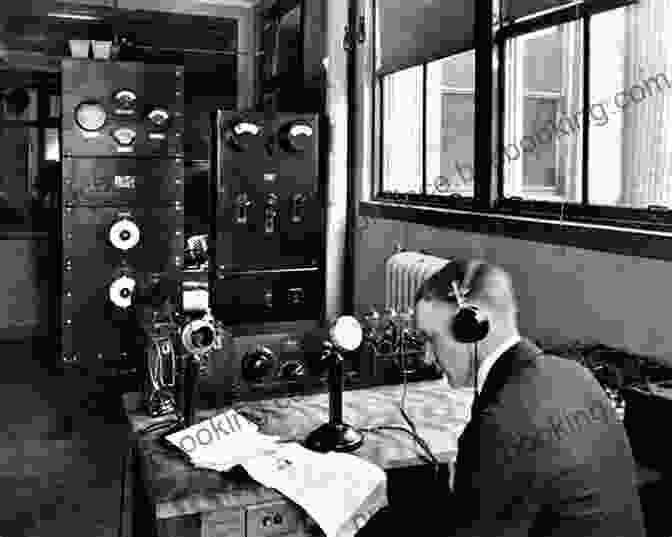
The invention of the radio in the early 20th century marked a paradigm shift in communication, freeing it from the constraints of wires and cables. Radio waves enabled the transmission of voice, music, and other audio content over vast distances, reaching a wide audience.
Radio broadcasting became a powerful tool for entertainment, news, and propaganda. It connected people across geographical boundaries, fostered cultural exchange, and played a significant role in shaping the modern media landscape.
Television: The Age of Visual Communication
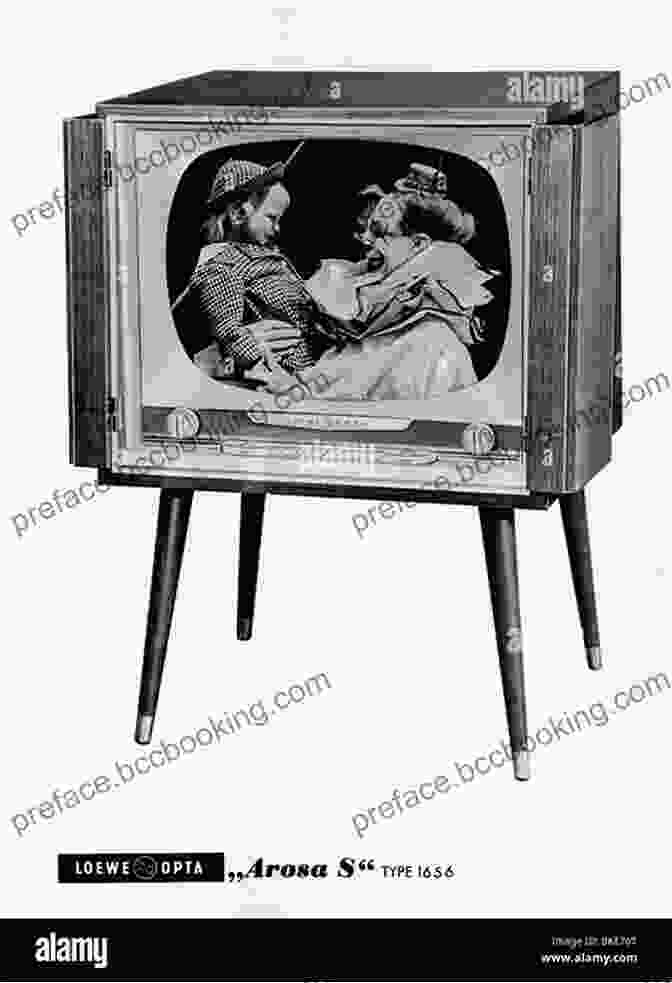
The mid-20th century witnessed the advent of television, which combined the visual and auditory capabilities of film and radio. Early television broadcasts were in black and white, but color television soon became the standard, transforming the way people consumed news, entertainment, and sports.
Television had a profound impact on society, shaping cultural norms, influencing political discourse, and becoming a focal point for family life and social gatherings. It also played a crucial role in the dissemination of education and the promotion of scientific literacy.
The Internet and the Digital Age: A Global Network of Communication
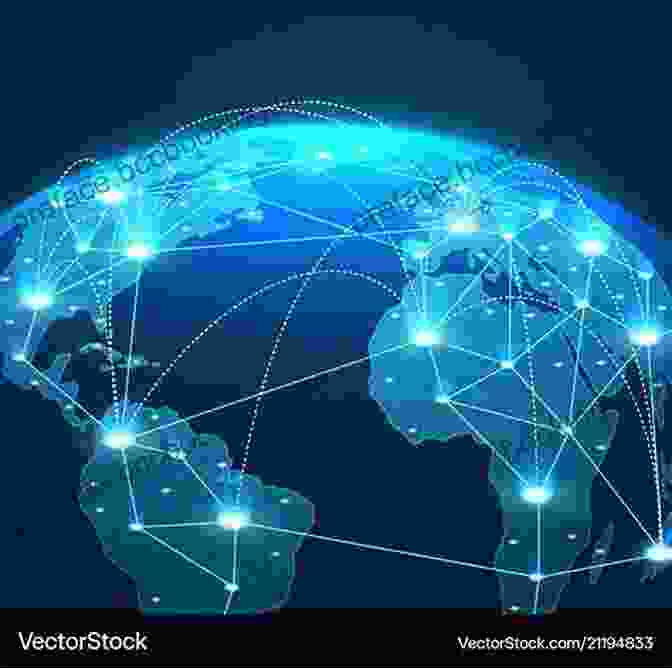
The late 20th century witnessed the rise of the Internet, a global network of interconnected computers that revolutionized communication and information sharing. The Internet enabled the transmission of data, text, images, and videos across continents in a matter of seconds.
The World Wide Web, accessible through web browsers, provided a user-friendly interface for accessing information, sharing content, and connecting with people around the world. The Internet has transformed education, research, commerce, and social interactions, creating a truly interconnected global village.
Mobile Phones and the Era of Ubiquitous Communication
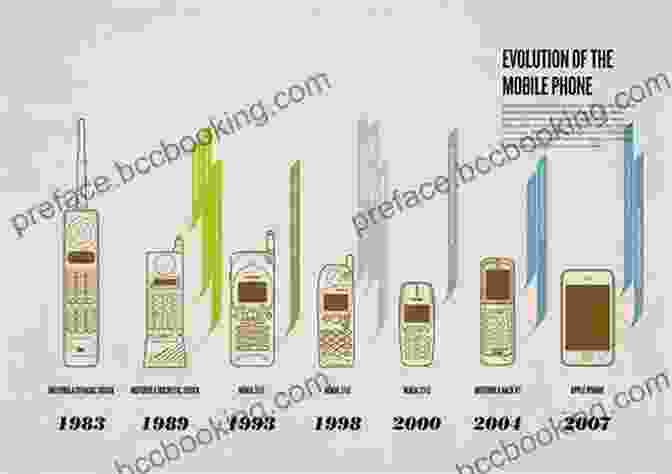
The invention of the mobile phone in the 1980s marked a major milestone in the evolution of communication, making it truly mobile and accessible anywhere, anytime. Early mobile phones were bulky and had limited functionality, but they rapidly evolved to become sophisticated devices.
Modern smartphones combine the capabilities of a phone, computer, and camera, providing a vast array of communication, information, and entertainment options. Mobile phones have become indispensable tools for personal and professional life, facilitating constant connectivity, access to knowledge, and the ability to conduct business and social interactions on the go.
5G and Beyond: The Future of Communication
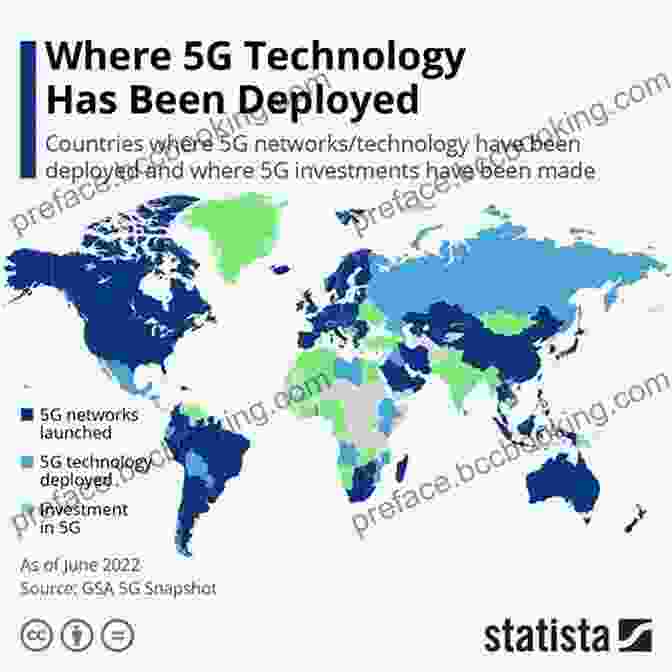
The future of communication holds exciting possibilities with the advent of 5G technology and beyond. 5G networks promise faster speeds, lower latency, and increased connectivity, enabling new applications and services.
5G will revolutionize industries such as healthcare, transportation, and manufacturing. It will pave the way for self-driving cars, remote surgeries, and immersive virtual reality experiences. The future of communication is limitless, with ongoing research and development promising even more innovative and transformative technologies.
The evolution of communication has been a remarkable journey, from humble beginnings in smoke signals to the sophisticated technologies of today. Each milestone, from written records to the Internet and mobile phones, has shaped human civilization, connecting people across vast distances, fostering knowledge transfer, and driving innovation.
As we look to the future, communication will continue to evolve, empowering us to connect with each other, access information, and shape the world around us in ways we can only begin to imagine.
4.3 out of 5
| Language | : | English |
| File size | : | 1984 KB |
| Text-to-Speech | : | Enabled |
| Screen Reader | : | Supported |
| Enhanced typesetting | : | Enabled |
| Word Wise | : | Enabled |
| Print length | : | 225 pages |
| Lending | : | Enabled |
Do you want to contribute by writing guest posts on this blog?
Please contact us and send us a resume of previous articles that you have written.
 Book
Book Novel
Novel Page
Page Chapter
Chapter Text
Text Story
Story Genre
Genre Reader
Reader Library
Library Paperback
Paperback E-book
E-book Magazine
Magazine Newspaper
Newspaper Paragraph
Paragraph Sentence
Sentence Bookmark
Bookmark Shelf
Shelf Glossary
Glossary Bibliography
Bibliography Foreword
Foreword Preface
Preface Synopsis
Synopsis Annotation
Annotation Footnote
Footnote Manuscript
Manuscript Scroll
Scroll Codex
Codex Tome
Tome Bestseller
Bestseller Classics
Classics Library card
Library card Narrative
Narrative Biography
Biography Autobiography
Autobiography Memoir
Memoir Reference
Reference Encyclopedia
Encyclopedia Wanda Priday
Wanda Priday Hanna Garth
Hanna Garth Greg Guest
Greg Guest Steve Crawford
Steve Crawford Jacqueline Rayner
Jacqueline Rayner Richard Panek
Richard Panek Noah Gift
Noah Gift Hannah Hinchman
Hannah Hinchman R A Walker
R A Walker Hans Petter Langtangen
Hans Petter Langtangen Marilee Sprenger
Marilee Sprenger Greg Sarris
Greg Sarris Granny J
Granny J Greg Strandberg
Greg Strandberg Glenn Stout
Glenn Stout Knowledge Flow
Knowledge Flow Raymond L Weil
Raymond L Weil Katherine Flannery
Katherine Flannery Grady Klein
Grady Klein Gregory Kesler
Gregory Kesler
Light bulbAdvertise smarter! Our strategic ad space ensures maximum exposure. Reserve your spot today!

 Jan MitchellThe Ultimate Guide to Creating Connections and Making Lasting Memories with...
Jan MitchellThe Ultimate Guide to Creating Connections and Making Lasting Memories with... David PetersonFollow ·13.7k
David PetersonFollow ·13.7k Hugo CoxFollow ·2.6k
Hugo CoxFollow ·2.6k Jermaine PowellFollow ·15.1k
Jermaine PowellFollow ·15.1k Albert ReedFollow ·18.4k
Albert ReedFollow ·18.4k Jason HayesFollow ·12.8k
Jason HayesFollow ·12.8k Adam HayesFollow ·8.3k
Adam HayesFollow ·8.3k Blake BellFollow ·16.6k
Blake BellFollow ·16.6k Diego BlairFollow ·19.9k
Diego BlairFollow ·19.9k

 Brady Mitchell
Brady MitchellMaster IELTS Speaking: The Ultimate Guide to Success
Kickstart Your IELTS...

 Branden Simmons
Branden SimmonsBack Spin: A Thrilling Myron Bolitar Novel
Get ready to embark on a...
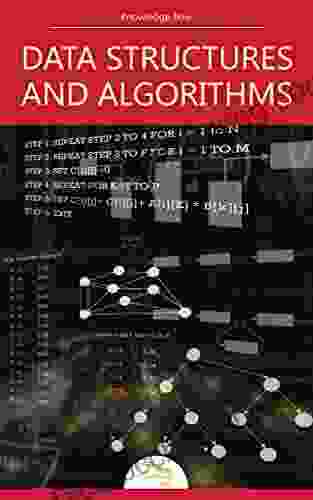
 Marc Foster
Marc FosterData Structures and Algorithms: A Comprehensive Guide to...
In the ever-evolving...

 Jeff Foster
Jeff FosterUnveiling the Basics of Microbiology: A Comprehensive...
The world of...

 J.D. Salinger
J.D. SalingerHold Tight Suspense Thriller: A Gripping Page-Turner That...
Are you ready for a suspense thriller that...
4.3 out of 5
| Language | : | English |
| File size | : | 1984 KB |
| Text-to-Speech | : | Enabled |
| Screen Reader | : | Supported |
| Enhanced typesetting | : | Enabled |
| Word Wise | : | Enabled |
| Print length | : | 225 pages |
| Lending | : | Enabled |


